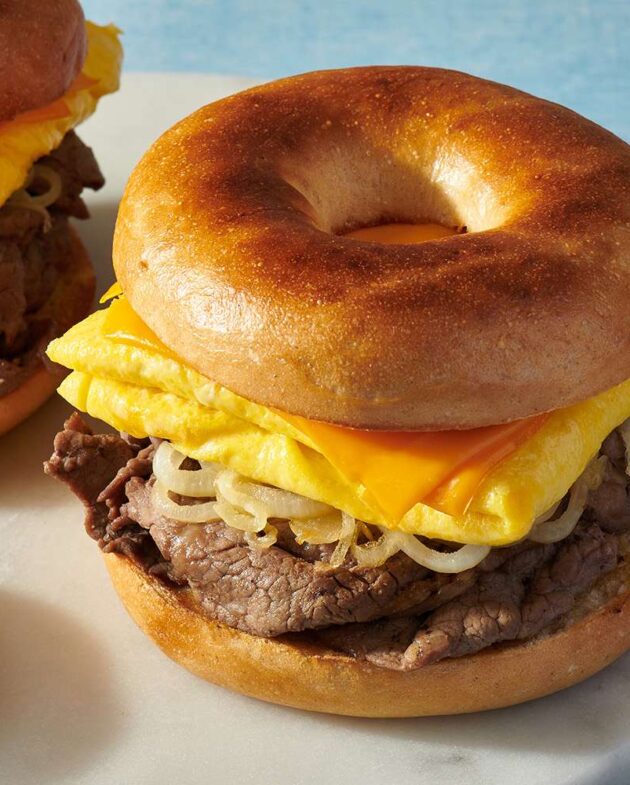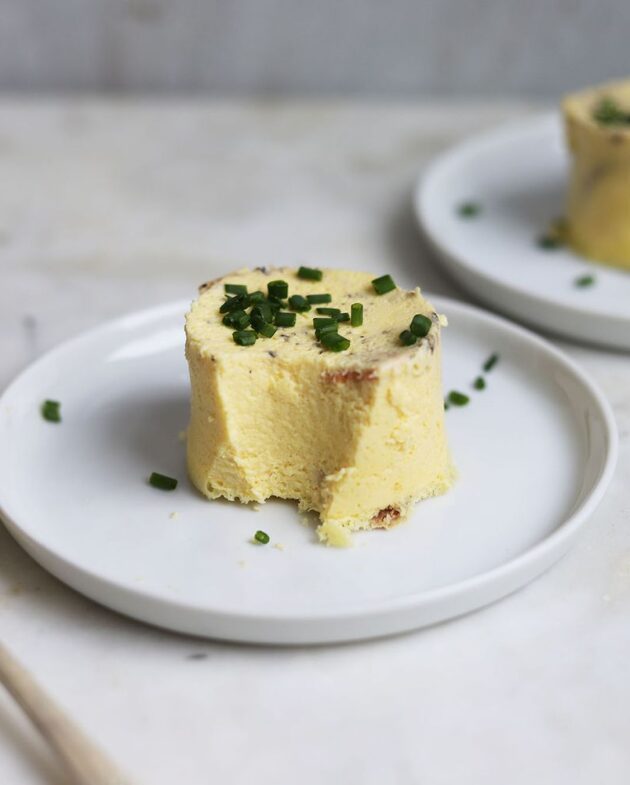- Gather the ingredients
Gather the ingredients.
- Crack the eggs
Crack 8 large eggs into a glass mixing bowl and beat them until they become pale yellow in color and develop plenty of bubbles on the surface.
- Mix in the milk
Add 1/2 cup whole milk to the eggs and season to taste with salt and white pepper (or black pepper). Whisk the eggs like crazy. If you're not up for that, you can use an electric beater or stand mixer with the whisk attachment. Whatever device you use, you're trying to beat as much air as possible into the eggs.
Note that it may be easier and quicker to beat the eggs in two batches (4 at a time) to make sure you don't have any lumps.
- Melt the butter in skillet
Heat a nonstick or cast iron skillet over medium-low heat. Add 2 tablespoons unsalted butter and let it melt.
- Cook the eggs in the pan
When the butter in the pan is hot enough to make a drop of water hiss, pour in the eggs. Don't stir. Let the eggs cook for up to a minute or until the bottom starts to set but doesn't brown.
- Stir the eggs gently
With a heat-resistant spatula, gently push one edge of the egg into the center while tilting the pan to allow the still liquid egg to flow in underneath. Repeat with the other edges, until the eggs are almost entirely set but still look a little wet. (Cook a little further if you prefer dry eggs.)
- Finish cooking the eggs
Turn off the heat and continue gently stirring and turning the egg until all the uncooked parts become firm. Don't break up the egg, keeping the curds as large as possible. If you're adding any cheese, add it now.
- Serve the scrambled eggs
Transfer to a plate when the eggs are set but still moist and soft. Eggs are delicate, so they'll continue to cook for a few moments after they're on the plate. Serve immediately.
- Calories:640 kcal
- Protein:44 g
- Carbohydrates:300 mg
- Sugar:2.5 g
- Salt:5 g
- Energy:2686 kJ
- Fat:36 g
Whether you enjoy them plain, loaded with cheese, or piled on toast as you head out the door, scrambled eggs are one of the easiest and most satisfying ways to start your day. All you need is a whisk, a hot pan, and, of course, a few eggs to have breakfast ready in minutes.
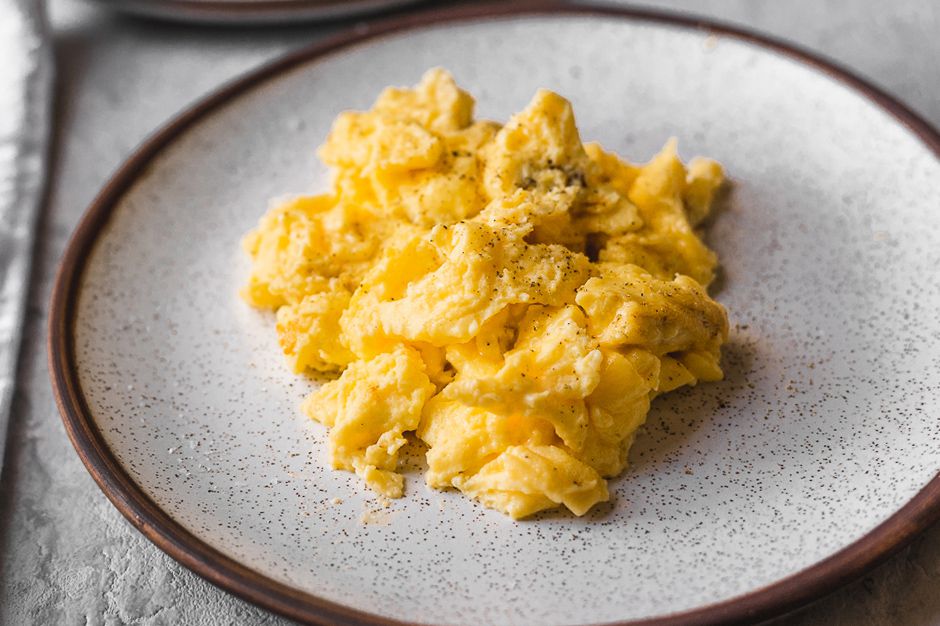
The Secret To Fluffy Scrambled Eggs
The secret to perfectly fluffy scrambled eggs is to whisk the eggs thoroughly and vigorously before cooking. Whisking incorporates air, producing fluffier scrambled eggs,
These eggs are whisked twice: once to blend them together and again after adding the milk. For the best results, whisk until your wrist is tired! The mixture should be pale yellow and frothy with bubbles.
How To Avoid Overcooked Eggs
Another tip is to turn off the heat before the eggs are all the way cooked. This helps prevent overcooking, which will make your eggs rubbery and dry.
Scrambled eggs also continue cooking for a few moments after transferring them to the plate. This phenomenon is known as residual or “carry-over” cooking, and you want to transfer the eggs to the plate when they’re slightly softer than the way you ultimately want them.
Tips for Making Scrambled Eggs
- White or black pepper works – Finely ground white pepper is traditionally used in French-style scrambled eggs, omelets, and cream sauces because it blends in seamlessly. Black pepper is a fine substitution.
- Sauté ingredients – Additional ingredients, especially those with high moisture content like tomatoes or onions, can disrupt the timing and make your eggs watery. To prevent this, sauté these items separately to cook off the water before adding them to your eggs.
- Everything in its place – Have any ingredients you want to mix into your scrambled eggs, chopped and/or cooked, and ready to go before starting.
- Use a non-stick pan – Make it easy on yourself by using a nonstick sauté pan. Use a heat-resistant silicone spatula to avoid melting or scratching the pan.
-
Gather Ingredients
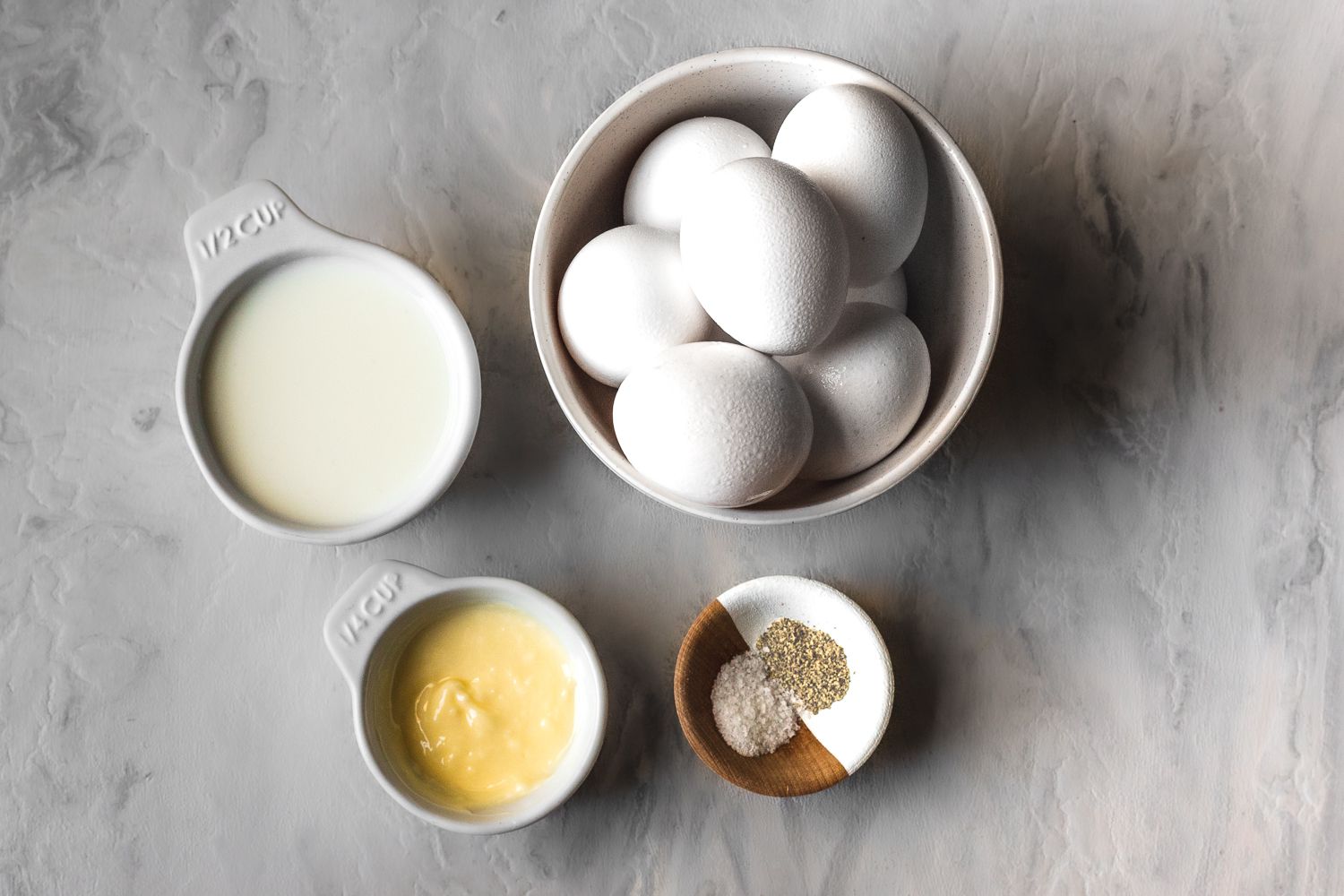
Gather the ingredients.
-
Beat the Eggs
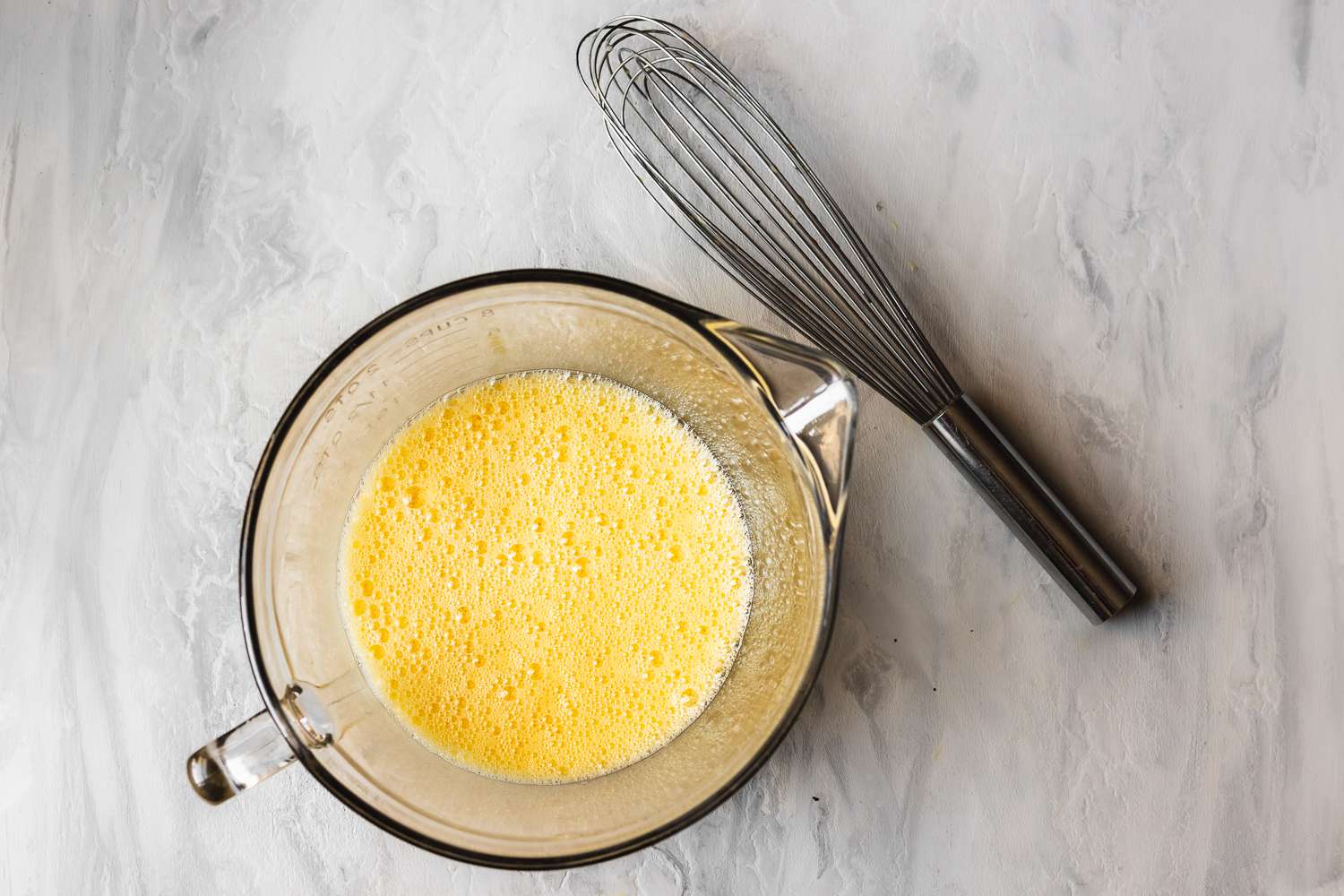
Crack 8 large eggs into a glass mixing bowl and beat them until they become pale yellow in color and develop plenty of bubbles on the surface.
-
Add Milk
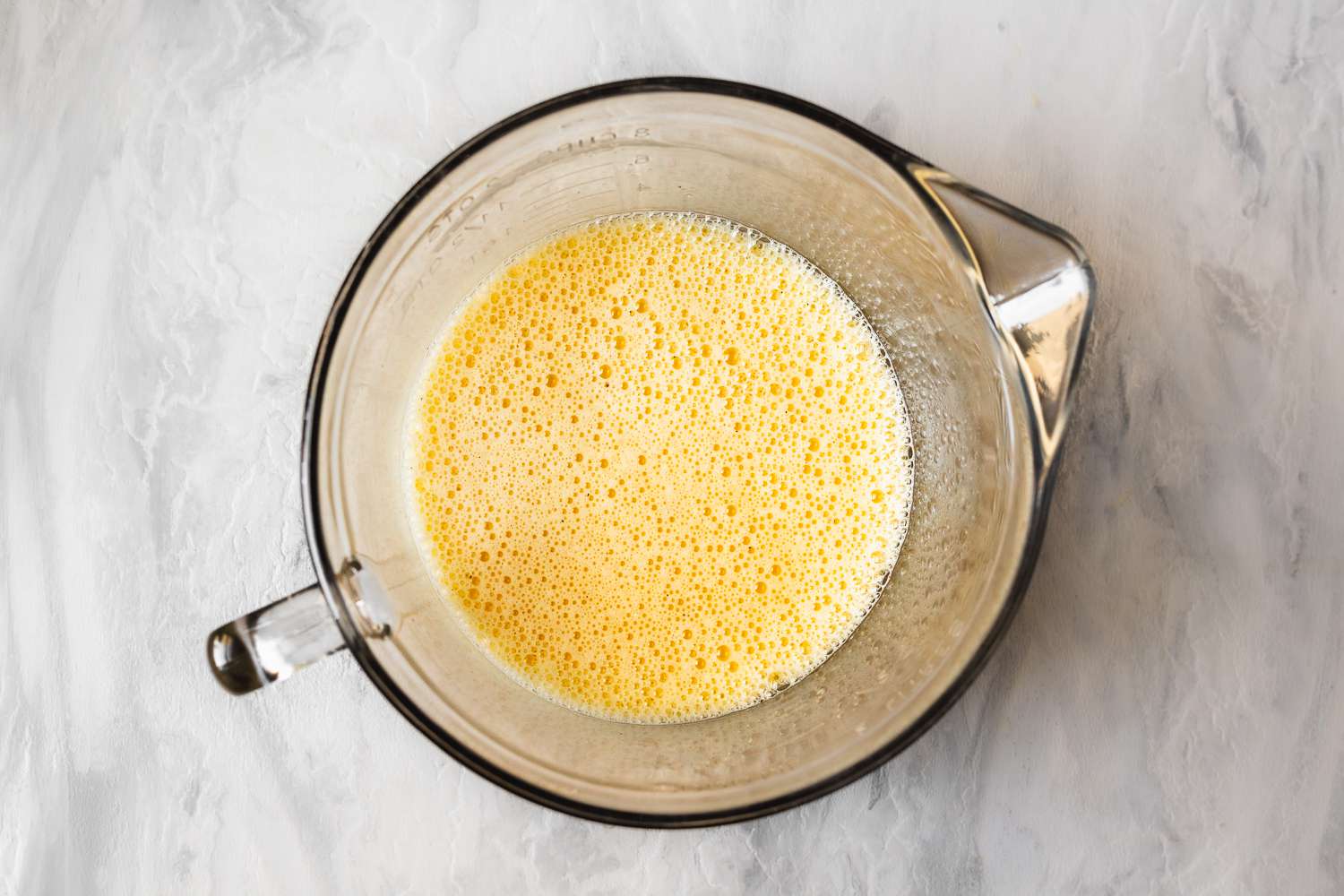
Add 1/2 cup whole milk to the eggs and season to taste with salt and white pepper (or black pepper). Whisk the eggs like crazy.
Note that it may be easier and quicker to beat the eggs in two batches (4 at a time) to make sure you don’t have any lumps.
-
Melt Butter

Heat a nonstick or cast iron skillet over medium-low heat. Add 2 tablespoons unsalted butter and let it melt.
-
Cook the Eggs
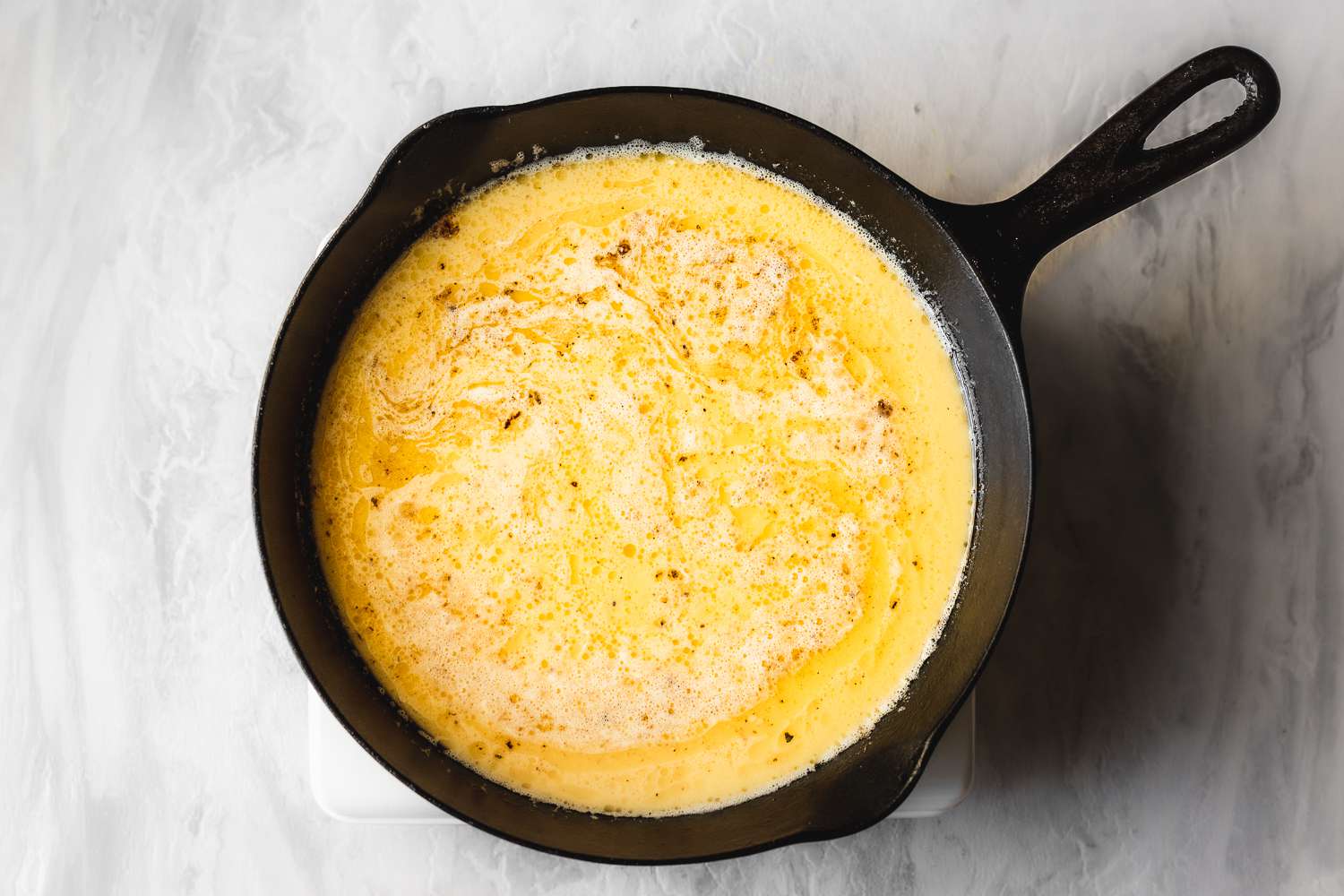
When the butter in the pan is hot enough to make a drop of water hiss, pour in the eggs. Don’t stir. Let the eggs cook for up to a minute or until the bottom starts to set but doesn’t brown.
-
Stir the Mixture
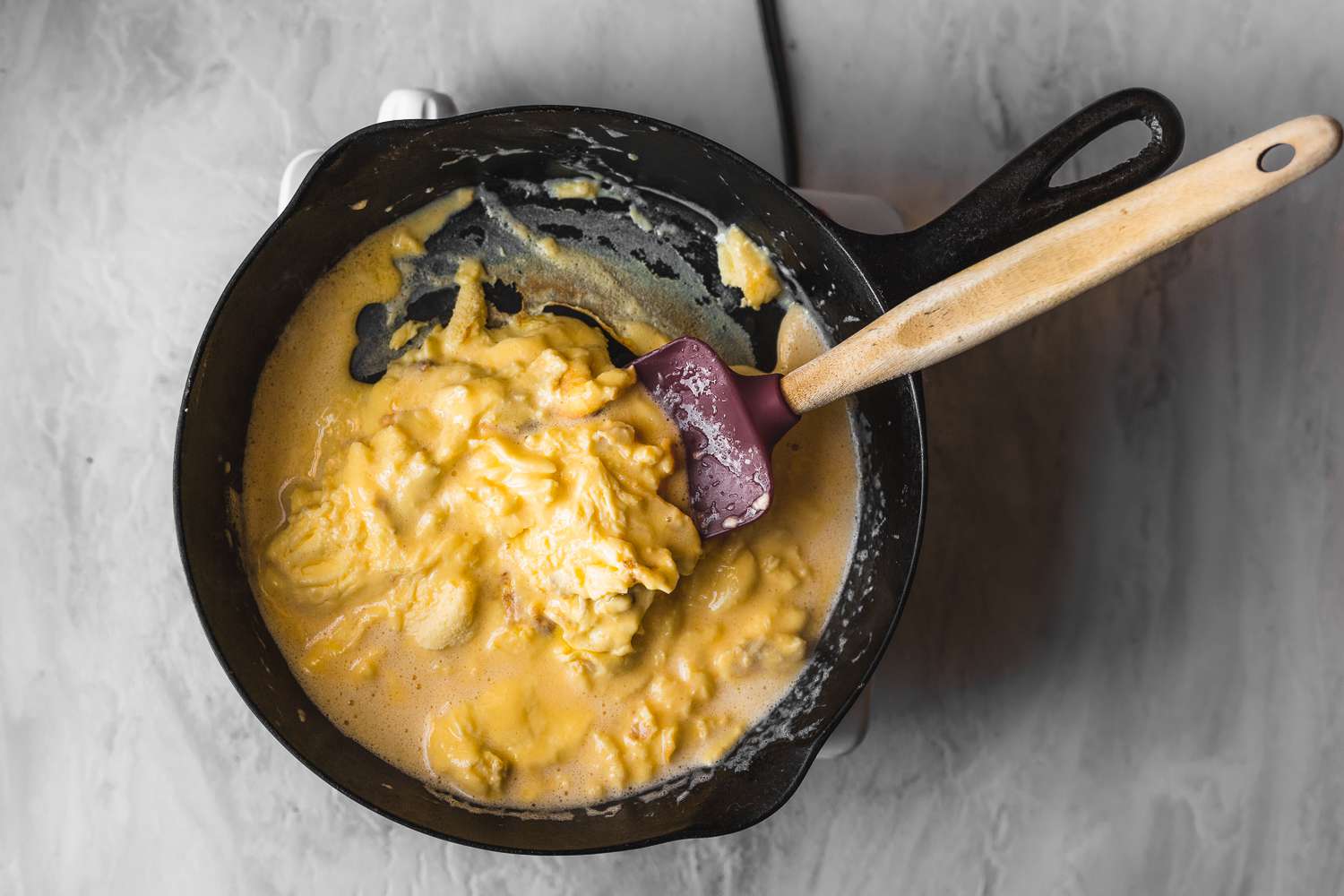
With a heat-resistant spatula, gently push one edge of the egg into the center while tilting the pan to allow the still liquid egg to flow in underneath. Repeat with the other edges.
-
Finish Cooking
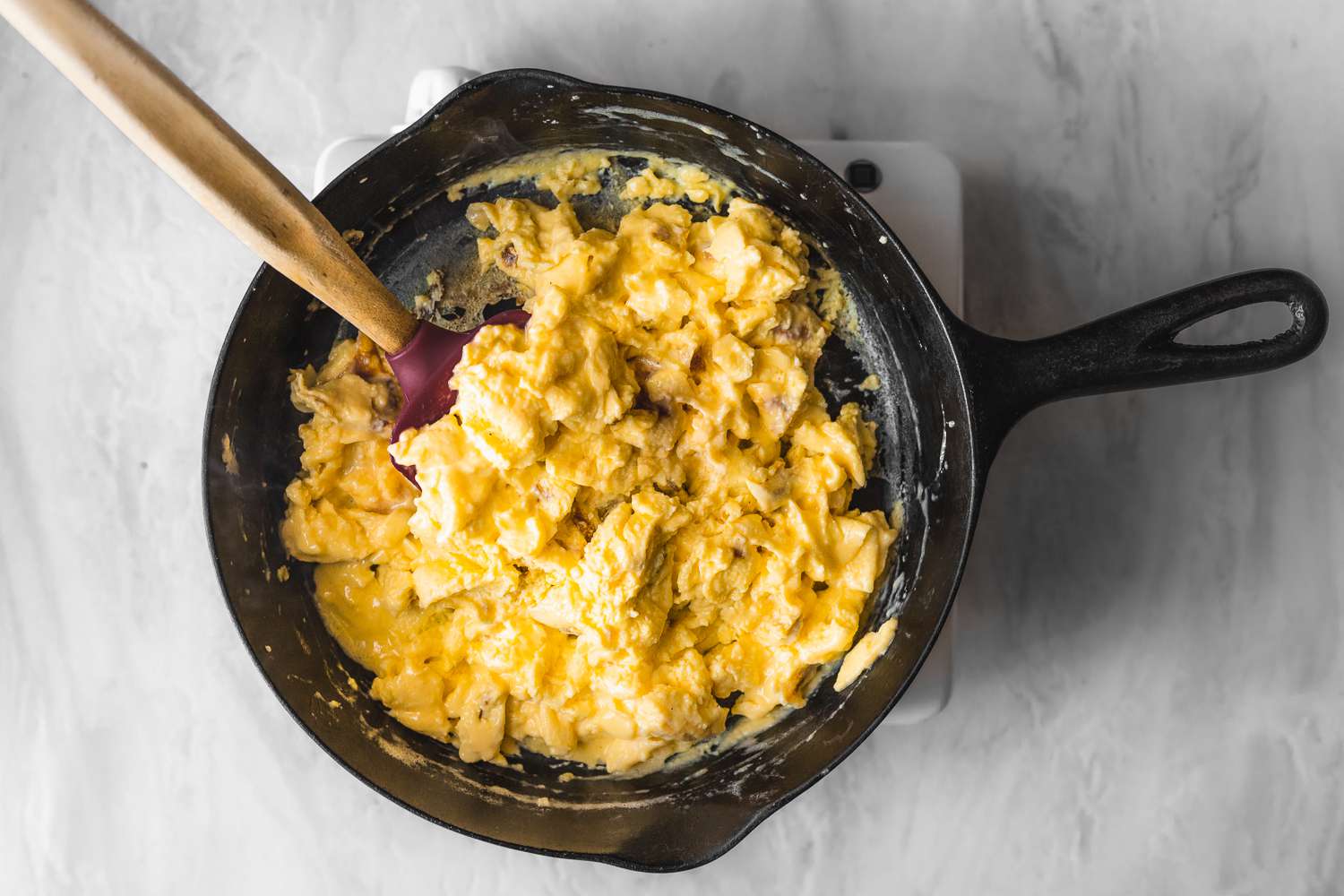
Turn off the heat and continue gently stirring until all the uncooked parts become firm. Don’t break up the egg, keeping the curds as large as possible.
-
Plate the Eggs
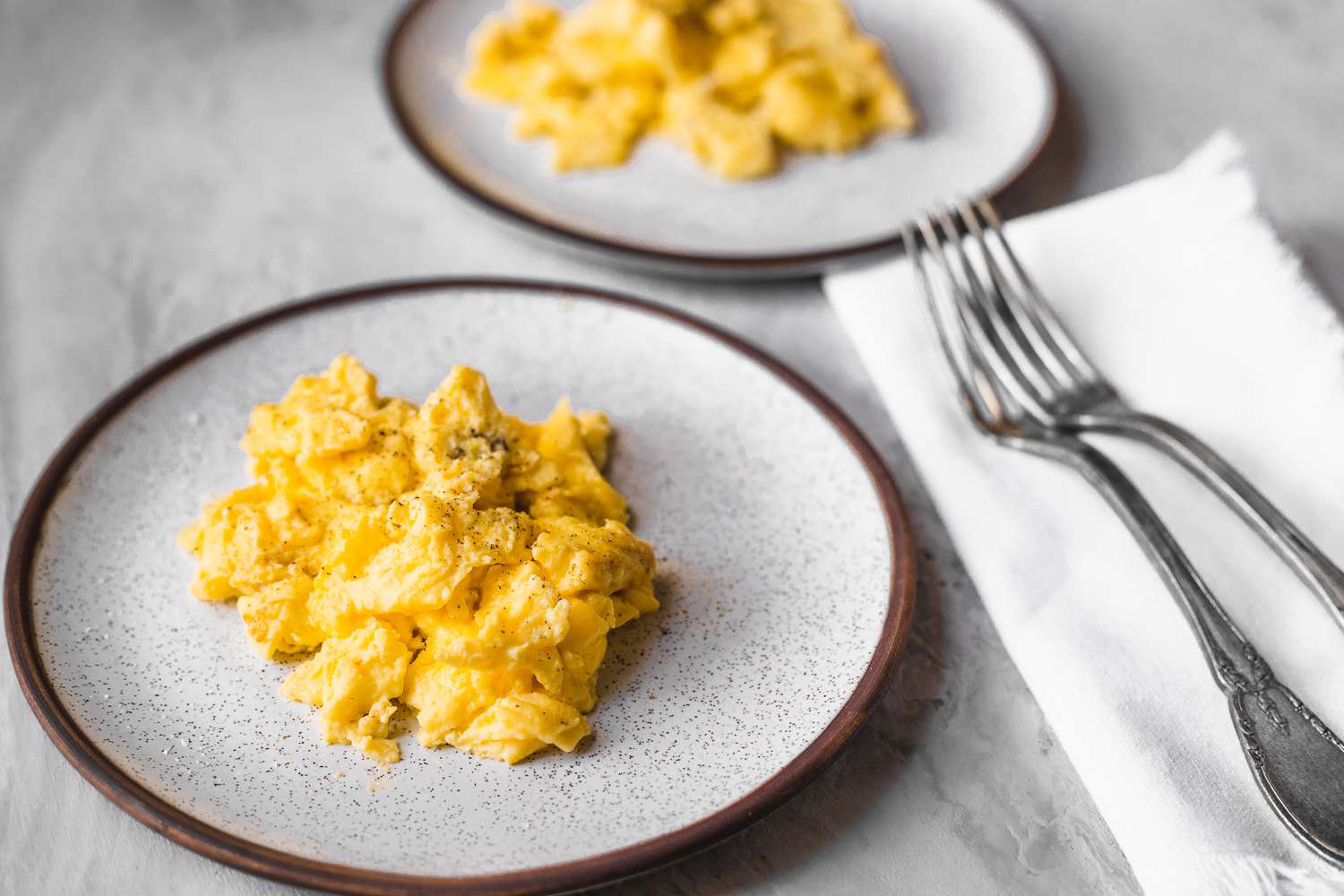
Transfer to a plate when the eggs are set but still moist and soft. Serve immediately.

